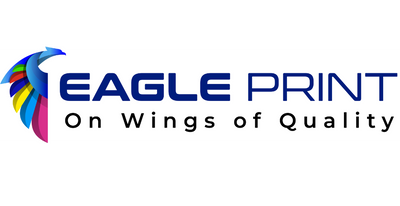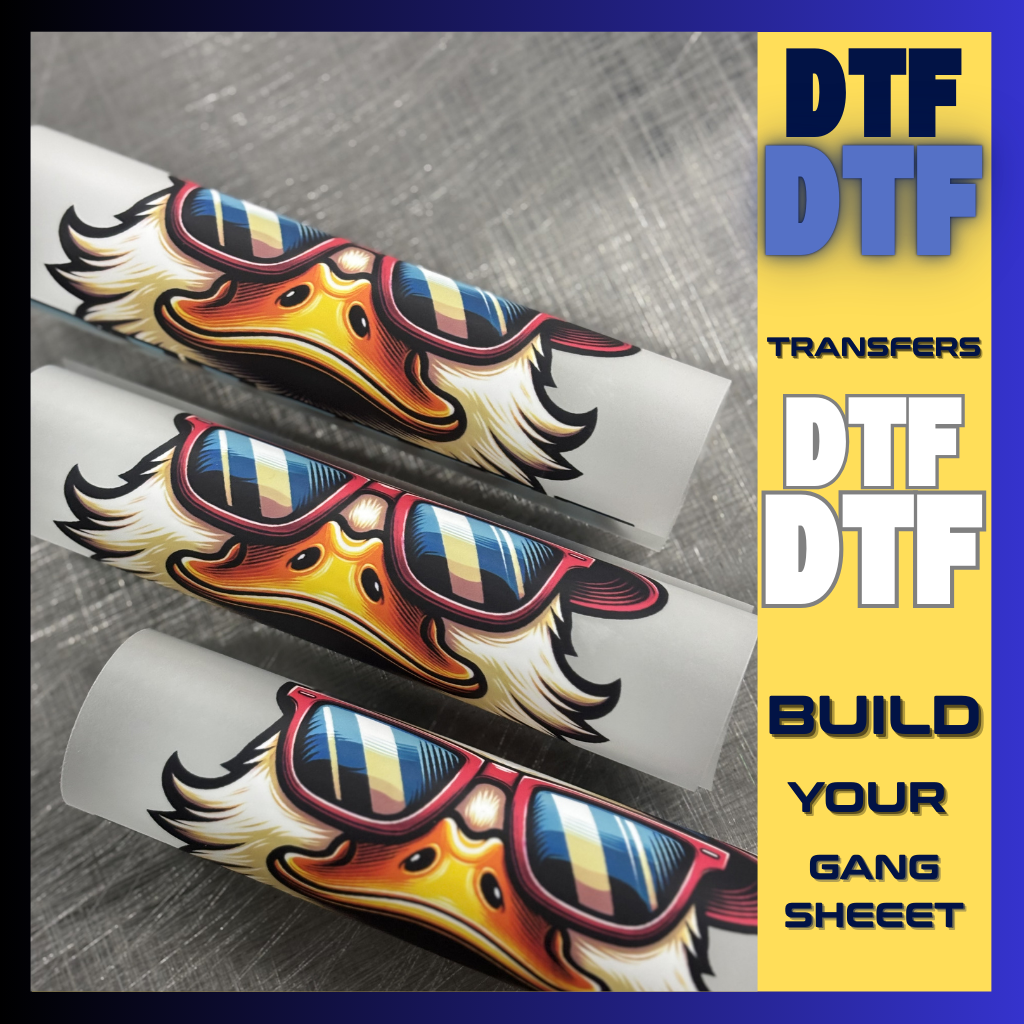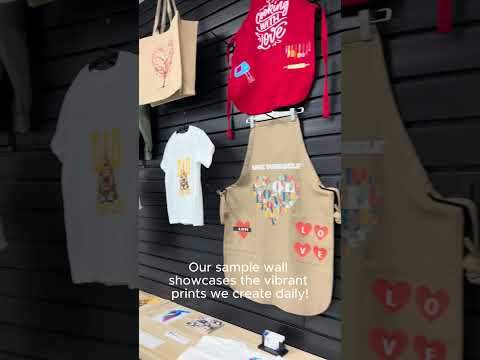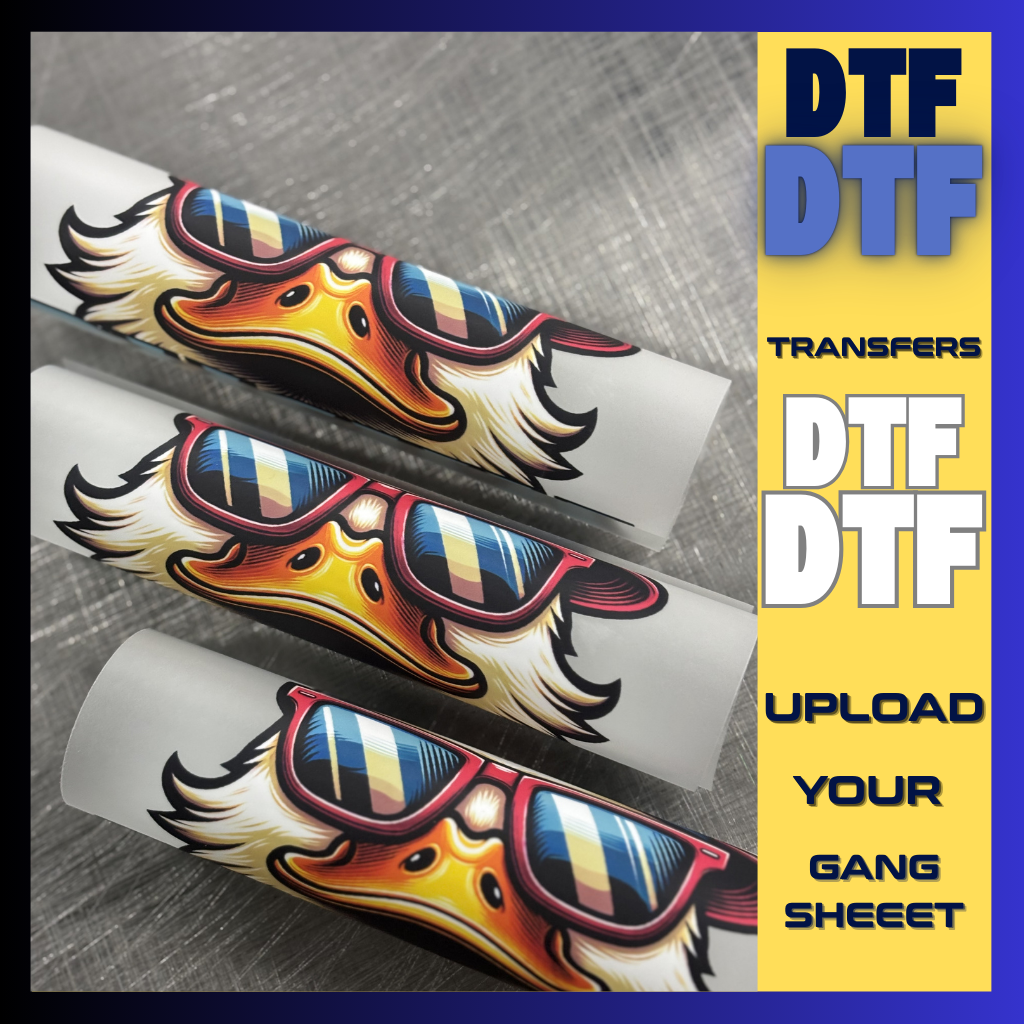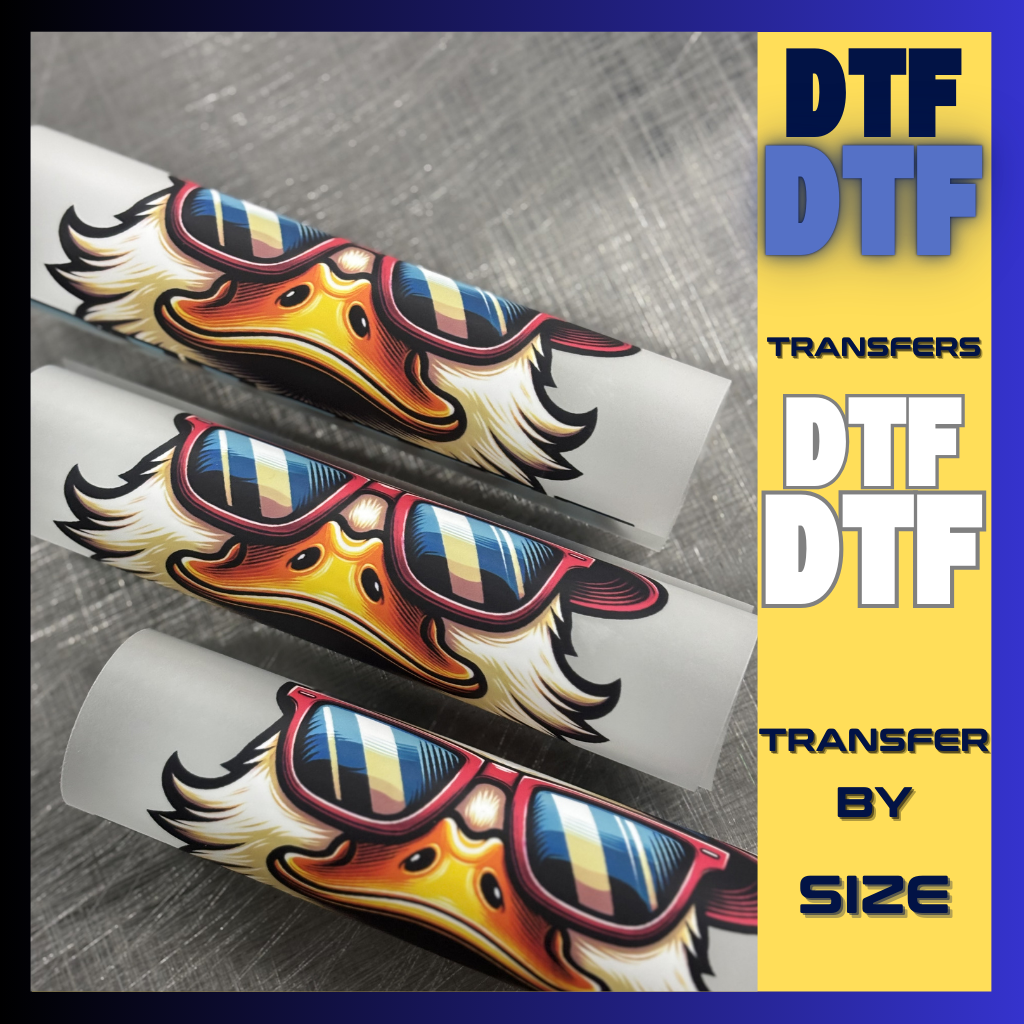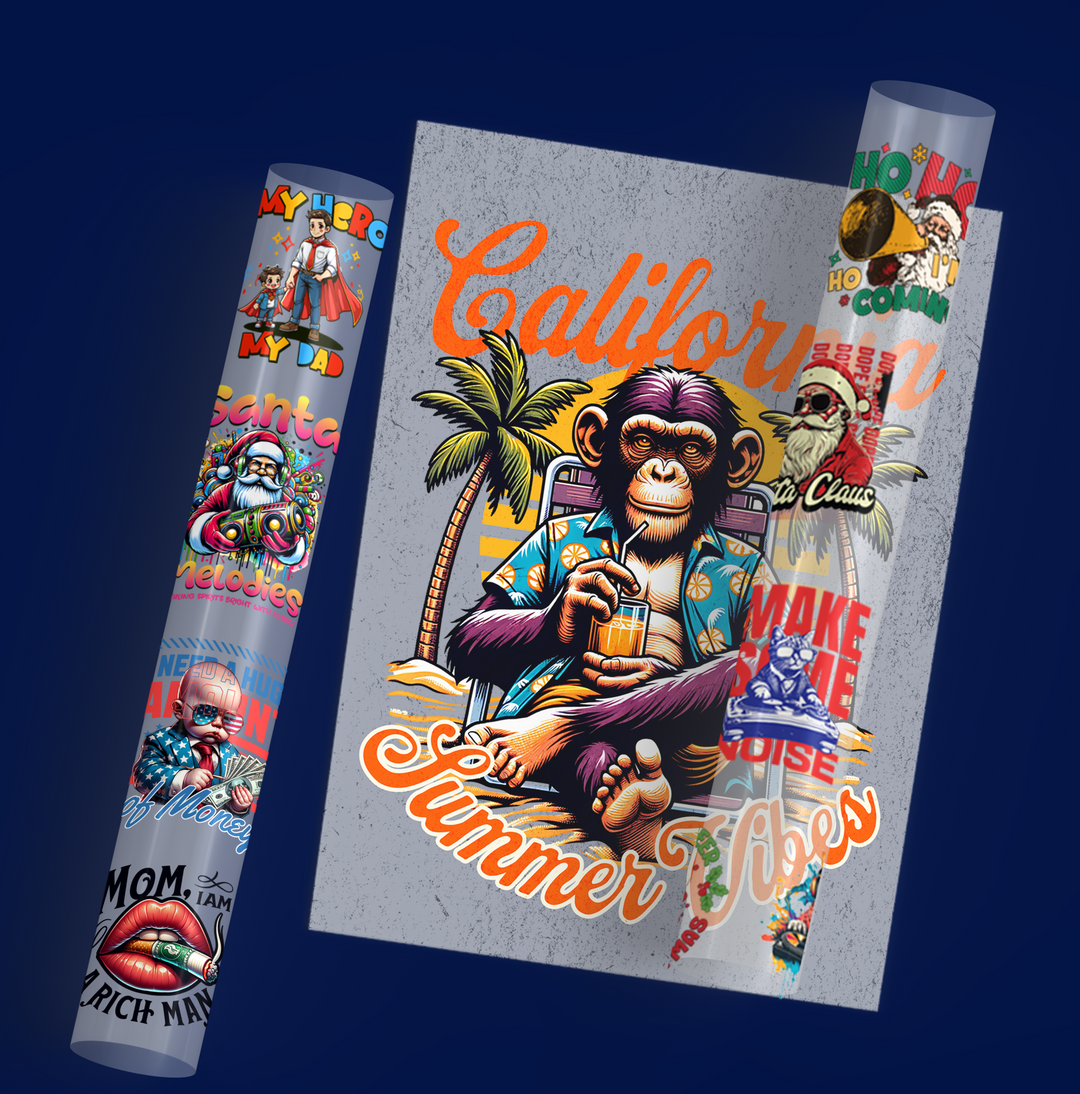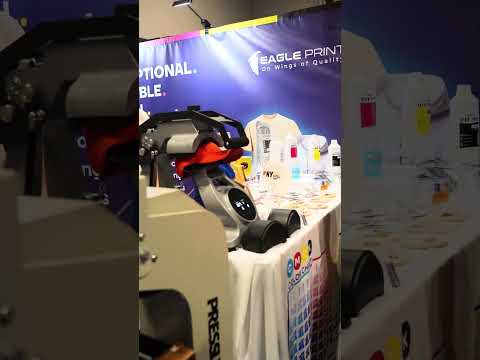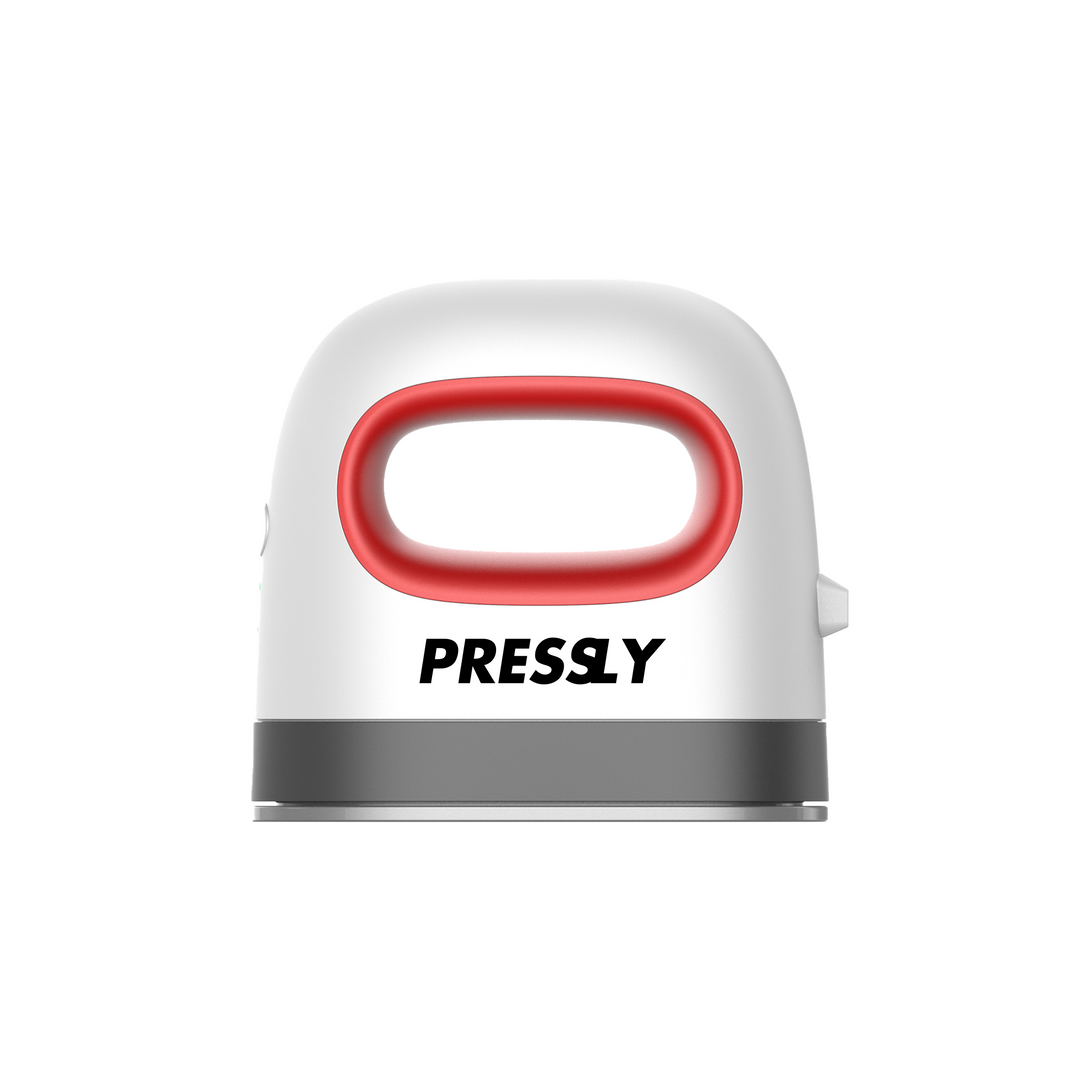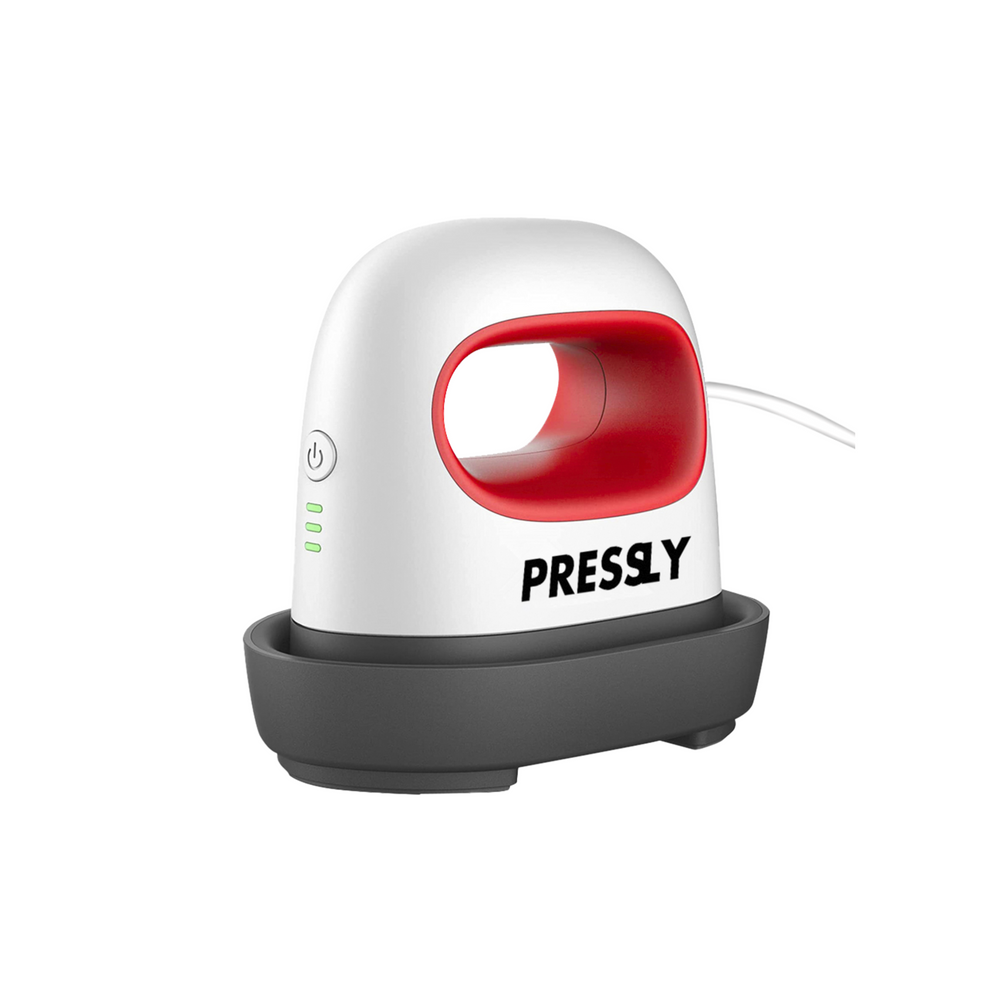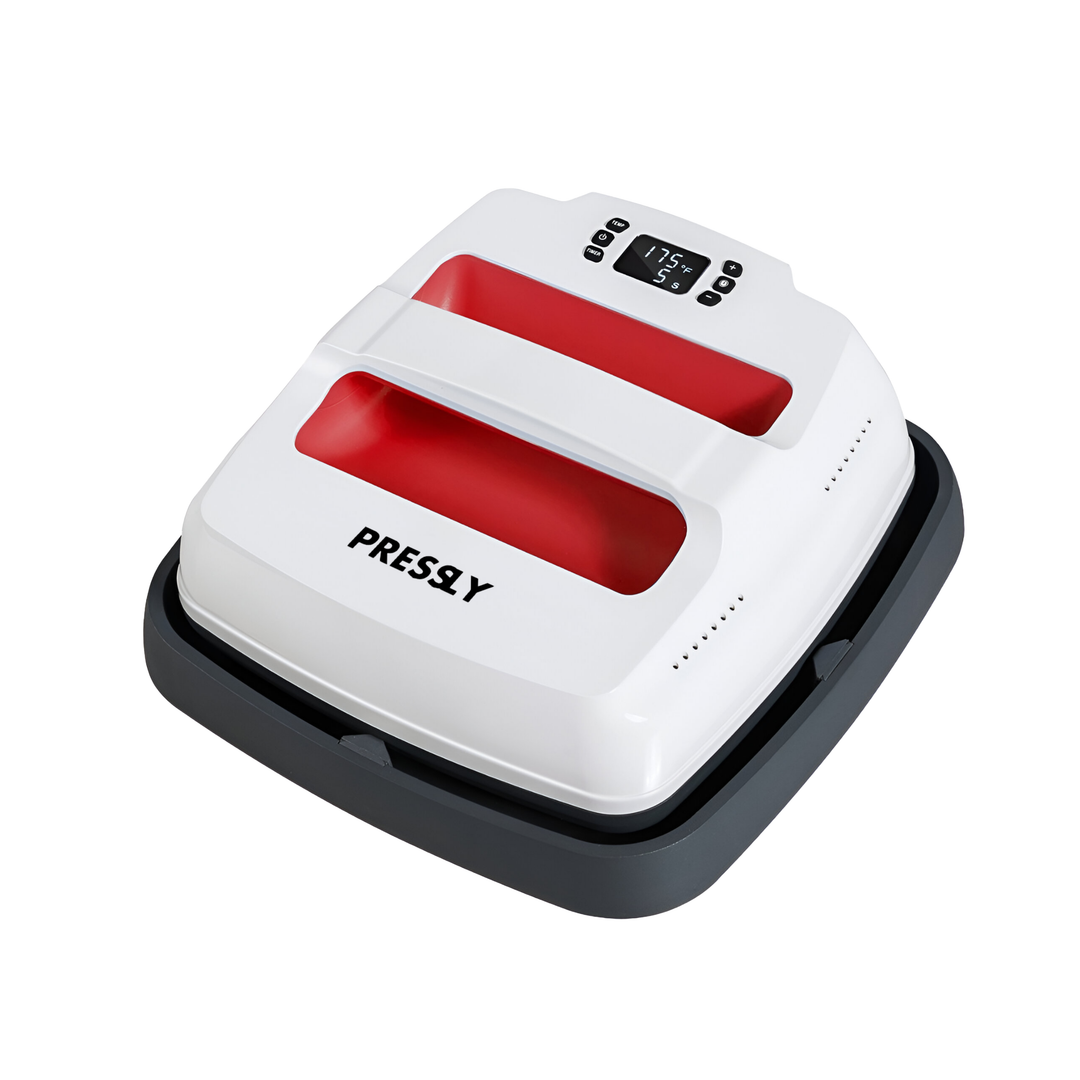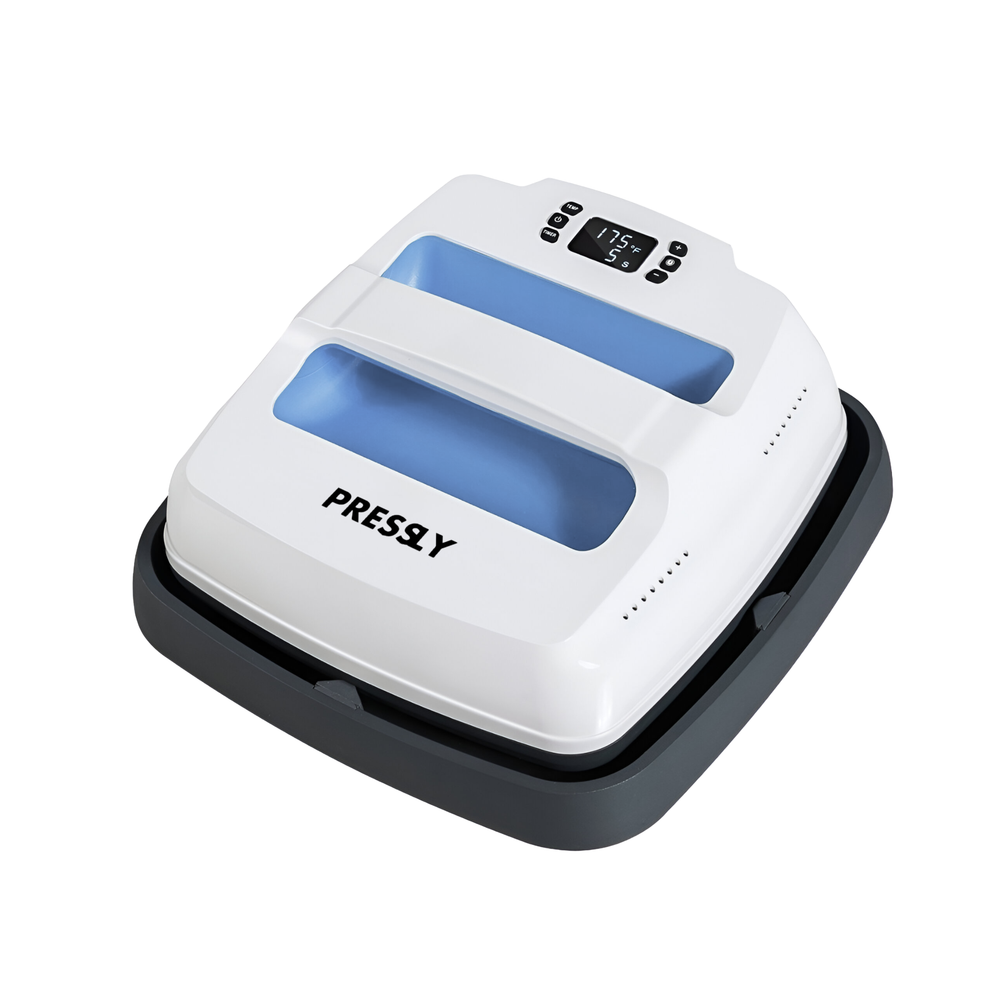DTF T-Shirt Printing: A Modern Revolution in Apparel Customization 👕✨
In the fast-paced world of apparel customization, few innovations have had as significant an impact as DTF T-shirt Printing. It offers businesses and creatives a vibrant, durable, and flexible solution for transferring detailed designs onto garments. Whether you're running a fashion brand, printing for events, or starting a home-based side hustle, this method stands out for both ease and quality.
What Is DTF T-Shirt Printing? 🤔
DTF stands for Direct to Film. It’s a process where designs are printed onto a special film before being transferred onto fabric using a heat press. Unlike other printing methods like screen printing or sublimation, DTF works on a wide range of materials, including cotton, polyester, and blends.
With this flexibility, DTF t-shirt printing has become a go-to choice for small and large businesses alike. It allows for full-color, high-resolution designs without the complex setup of traditional methods.
Learn more about different printing techniques on Wikipedia.
Why Choose DTF Over Other Methods? 🆚
There are many garment printing techniques available, but few match the balance of quality, cost, and efficiency that DTF offers. Here's why:
✅ Compatibility With All Fabric Types
Unlike sublimation, which requires polyester, DTF transfers can be used on cotton, nylon, silk, and blends. This makes it ideal for t-shirts of all materials.
✅ No Pretreatment Required
In contrast to DTG (Direct to Garment) printing, DTF doesn’t require pre-treating the garment. This saves both time and labor.
✅ Sharp, Vibrant Colors
DTF prints boast bold, vivid colors and high-definition detail, even on dark or textured fabrics. The white ink layer applied beneath the color layer ensures opacity and brilliance.
✅ Durability
The prints are incredibly durable and wash-resistant. This means designs stay vibrant after many cycles in the washer and dryer.
Step-by-Step: How DTF TShirt Printing Works 🔄
Here’s a simplified overview of the process:
-
Design Creation: Start with a digital file in PNG, PSD, or AI format.
-
Film Printing: Print the design onto a special PET film using a DTF printer with pigment inks.
-
Powder Coating: Apply a hot-melt adhesive powder to the printed film.
-
Curing: The powder is melted and cured using a heat press or oven.
-
Heat Transfer: Press the film onto the t-shirt at a high temperature.
-
Cold Peel: Let it cool, then peel the film off, leaving the design on the garment.
The result? A smooth, vibrant image that blends seamlessly with the fabric.
Applications for DTF T-Shirt Printing 🌍
The uses for this technique are vast. Whether you're personalizing clothing for an event or launching a new product line, it delivers high-quality results at scale.
-
Merchandise Production
Brands and influencers use DTF to print logo tees or fan art with ease. -
Event Apparel
For weddings, reunions, or corporate events, custom tees are printed quickly with DTF. -
Retail-Ready Clothing
Small fashion labels use this method to produce vibrant prints with fast turnaround. -
Gifting and Custom Orders
Personal gifts or made-to-order tees for birthdays and holidays are easily fulfilled.
DTF Printing vs. Screen Printing vs. Sublimation ⚖️
| Feature | DTF Printing | Screen Printing | Sublimation |
|---|---|---|---|
| Color Variety | High | Moderate | High |
| Fabric Compatibility | All Fabrics | Mostly Cotton | Polyester Only |
| Setup Time | Low | High | Moderate |
| Wash Durability | Excellent | Good | Excellent |
| Small Order Friendly | Yes | No | Yes |
As seen above, DTF tshirt printing provides advantages in versatility, color range, and ease of use.
Eco-Friendly Aspects of DTF Printing 🌱
Environmental impact is a growing concern in textile production. DTF technology is relatively eco-friendly compared to traditional methods. It uses water-based inks and creates less waste than screen printing. There is no need for large amounts of water or hazardous chemicals, which reduces environmental stress.
However, as with any technology, sustainability also depends on responsible use—like choosing recyclable PET films and operating machines efficiently.
Getting Started with DTF TShirt Printing 🏁
You don’t need to be a professional to begin. Many small businesses and individuals start with a simple setup:
-
A DTF printer
-
PET films and adhesive powder
-
Heat press machine
-
Software for design creation
If you don’t want to invest in the full setup, using a printing service is a great alternative. Services like Eagle DTF Print let you upload your designs and receive ready-to-press transfers at your doorstep.
This option allows creators to focus on design and branding while leaving the technical work to the pros.
Tips for Better Prints Every Time 🧠
✔ Use High-Resolution Files
Blurry or pixelated images won’t translate well. Always work in 300 DPI or higher.
✔ Keep It Cool (and Clean)
DTF film should be stored in a dry, dust-free environment to avoid transfer issues.
✔ Experiment With Pressure
Slight variations in heat or pressure can impact results. Run test prints when trying new fabrics.
✔ Invest in Quality Film and Powder
Low-quality materials can ruin an otherwise great design. Stick with trusted brands.
Conclusion: A Game-Changer in Custom Apparel 🎯
Whether you're an artist, brand owner, or print-on-demand enthusiast, DTF tshirt printing opens new doors. It's affordable, scalable, and ideal for high-detail, full-color designs. Its compatibility with all fabric types and minimal setup needs make it a solid choice for beginners and pros alike.
The method continues to gain popularity for good reason. Fast turnaround times, vibrant output, and flexible applications have positioned DTF as the future of fabric printing.
Ready to elevate your custom clothing game? Visit Eagle DTF Print to start printing your ideas today.
For more context on the history and types of printing, check out this Wikipedia article on printing.

